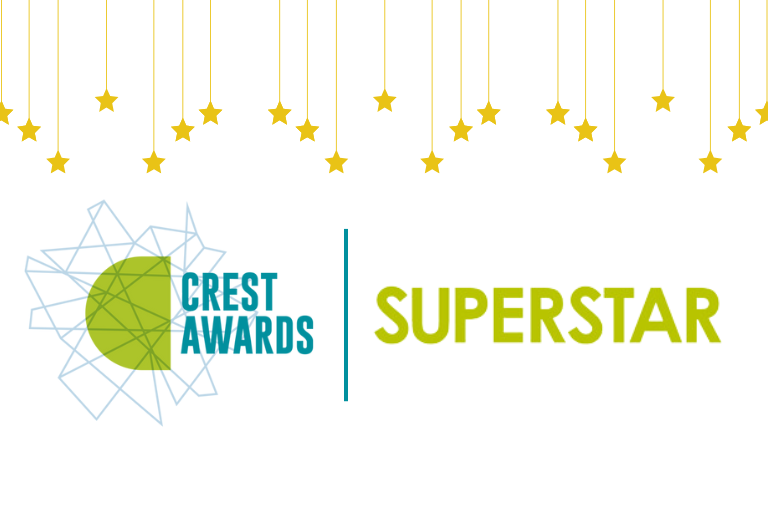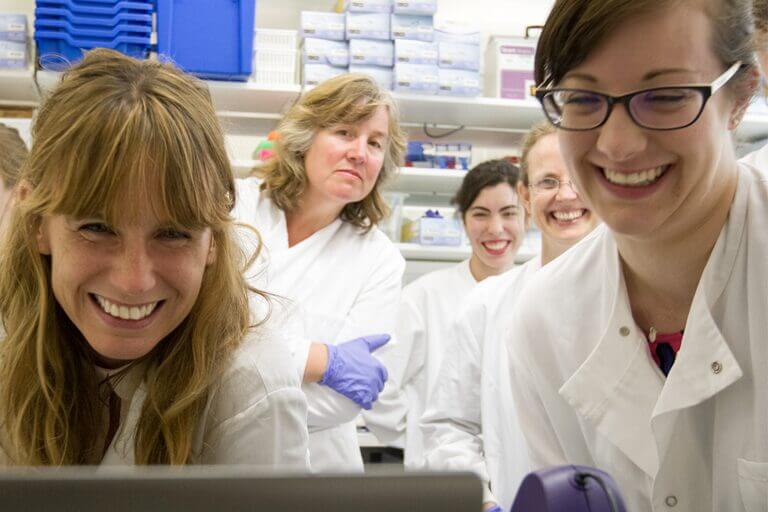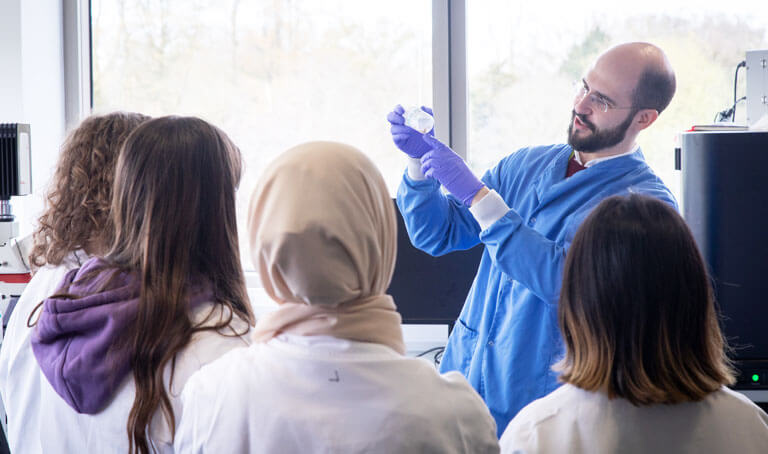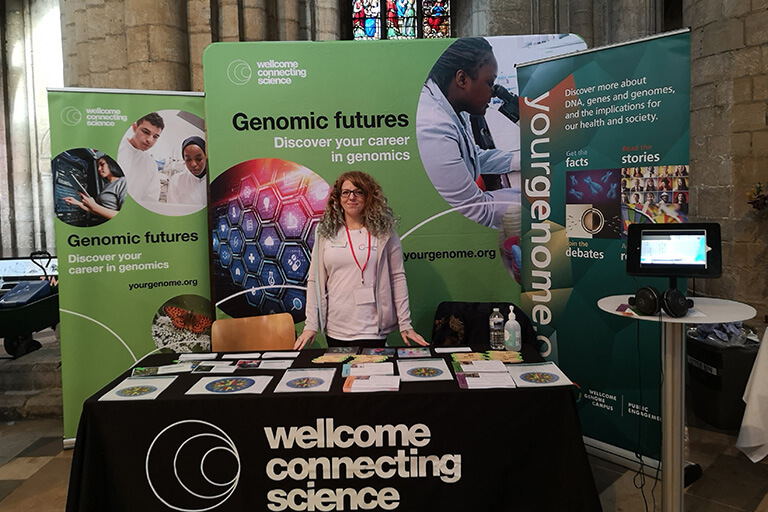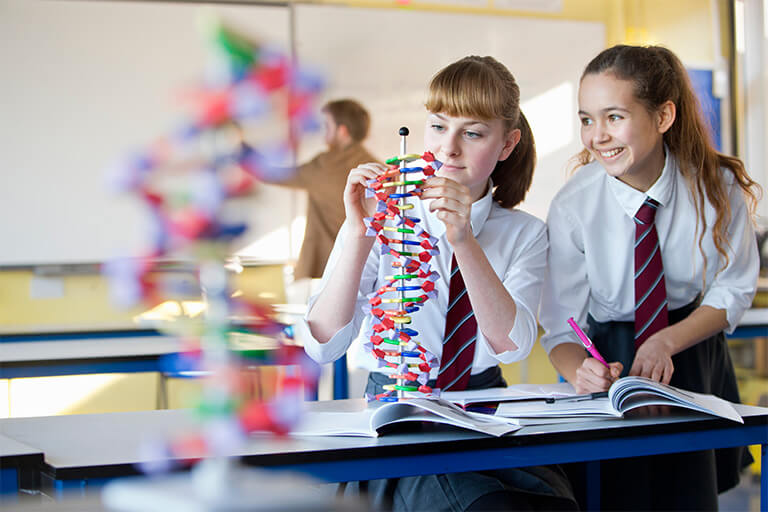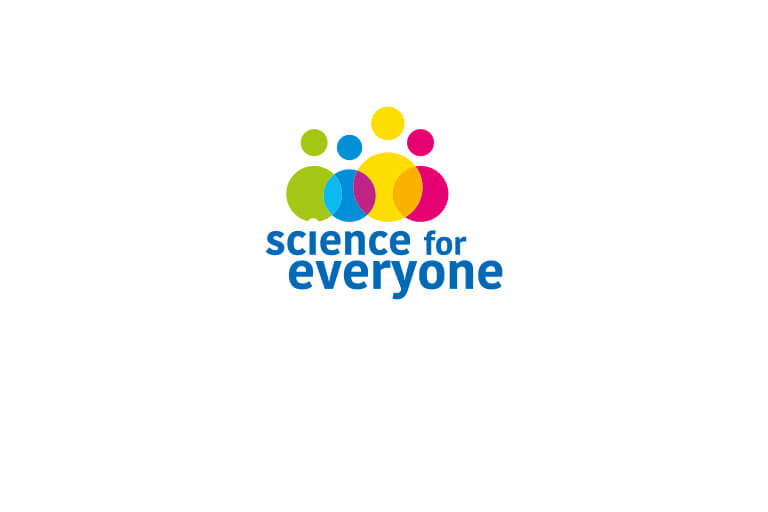
DNA barcoding is a method of identifying living things using molecular biology and informatics techniques. Like the barcodes used to identify different products in a shop, a DNA barcode is a DNA sequence that uniquely identifies every living species.
We have developed easy-to-follow instructions that help school students to carry out the various steps of DNA barcoding from start to finish. These include lab techniques such as DNA extraction, PCR and gel electrophoresis, as well as the analysis of genomic data on computers. We have also hosted a two-day training course for teachers to enable them to run their own barcoding projects in school.
Our most recent DNA barcoding project was developed in collaboration with the University of Cambridge Botanical Gardens and the University Technical College Cambridge. Over a period of 9 weeks a group of 17-18 year old students generated DNA barcodes for 12 endangered plant species located at the Botanical Gardens and the data was submitted to the European Nucleotide Archive where it is can be used for further research by the scientific community. The project enabled students to contribute new barcode sequences for these rare plants.
